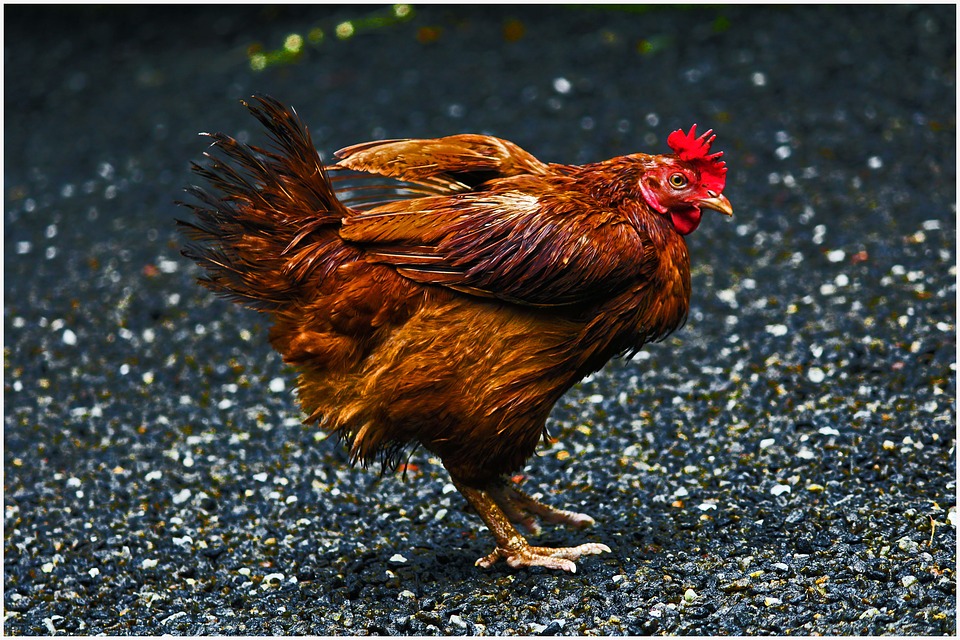
In recent years, lab-grown meat, also known as cultured or cell-cultured meat, has taken the culinary world by storm. As we grapple with the challenges of feeding a growing global population while addressing environmental and ethical concerns, lab-grown meat emerges as a promising solution. But like any innovation, it comes with its set of advantages and drawbacks. Let’s delve into the pros, cons, and potential uses of this groundbreaking food technology.
Pros of Lab-Grown Meat:
- Ethical Considerations: Lab-grown meat offers a cruelty-free alternative to traditional meat, eliminating the need for animal slaughter.
- Environmental Benefits: Cultured meat production requires significantly less land, water, and resources compared to traditional livestock farming, leading to reduced greenhouse gas emissions.
- Food Safety: Produced in controlled environments, lab-grown meat reduces the risk of contamination from pathogens, leading to safer consumption.
- Consistency: Lab-grown meat can be produced with consistent quality, taste, and texture, ensuring a uniform product every time.
- Potential for Diverse Meat Types: From beef to exotic meats, lab-grown techniques can potentially produce a wide variety of meat types without the need for extensive farming.
Cons of Lab-Grown Meat:
- High Production Costs: Current production costs for lab-grown meat are relatively high, though they are expected to decrease as the technology matures.
- Consumer Acceptance: Some consumers may be hesitant to embrace lab-grown meat due to the “yuck” factor or misconceptions about its production.
- Nutritional Differences: While lab-grown meat aims to replicate traditional meat, there might be slight differences in nutritional content.
- Scale Challenges: Scaling up production to meet global demand while maintaining quality and safety standards remains a challenge.
- Loss of Livelihood: The rise of lab-grown meat could impact traditional farmers and the livestock industry.
Potential Applications of Lab-Grown Meat:
- Gourmet Dining: High-end restaurants can offer exclusive dishes made from lab-grown meat, providing a unique dining experience.
- Space Exploration: With challenges in storing and transporting meat for long-duration space missions, lab-grown meat can be a viable solution for astronauts.
- Medical Nutrition: For patients with specific dietary needs or restrictions, lab-grown meat can be tailored to provide essential nutrients without allergens or contaminants.
- Pet Food: Lab-grown meat can be used in pet food formulations, ensuring a consistent and high-quality protein source for pets.
- Research & Development: Lab-grown meat can serve as a model for studying muscle growth, nutrition, and other biological processes.
Explore More on Lab-Grown Meat:
Dive deeper into the world of lab-grown meat with our comprehensive series of articles. Whether you’re curious about the science, the culinary potential, or the broader implications, we’ve got you covered:
- Lab-Grown Meat: Pros, Cons, and Potential Applications: Delve into the advantages, challenges, and diverse uses of this groundbreaking food technology.
- Zooming In: Lab-Grown Chicken: Get an in-depth look at the journey of lab-grown chicken, from its cellular beginnings to its culinary potential.
- Lab-Grown Chicken: From Cells to Supper: Explore the intricacies of producing chicken meat in a lab and its implications for the future of dining.
- Lab to Table: The Revolutionary Rise of Cultivated Meat: Chart the evolution of lab-grown meat and its transformative impact on the food industry.
Stay informed and join the conversation as we navigate the future of food, one cell at a time.
FAQ Section:
1. What is lab-grown meat? Lab-grown meat, often referred to as cultured or cell-cultured meat, is produced by cultivating animal cells in a controlled environment. This process replicates the natural growth of muscle tissues in animals, but without the need to raise and slaughter them.
2. How does lab-grown meat differ from plant-based alternatives? While both offer meat alternatives, lab-grown meat is actual meat produced from animal cells. In contrast, plant-based alternatives are crafted from plant ingredients like soy or peas to mimic the taste and texture of meat.
3. Is lab-grown meat environmentally friendly? Lab-grown meat production is generally considered more environmentally friendly than traditional livestock farming. It requires less land, water, and resources, leading to reduced greenhouse gas emissions. However, the exact environmental impact can vary based on production methods and energy sources.
4. How does the taste of lab-grown meat compare to traditional meat? Initial taste tests and consumer feedback suggest that high-quality lab-grown meat closely resembles its traditional counterpart in terms of taste, texture, and appearance. However, taste can vary based on the production process and the specific type of meat being replicated.
5. Are there any health concerns associated with consuming lab-grown meat? Lab-grown meat undergoes rigorous testing and quality control measures to ensure its safety. Produced in sterile environments, it reduces the risk of contamination from pathogens commonly found in traditional meat. However, as with any new food product, continuous research is essential to understand its long-term health implications fully.
6. How soon can we expect lab-grown meat in local supermarkets? Several companies are in advanced stages of research and production, with some products already introduced in select markets. As regulatory approvals are secured and production scales up, lab-grown meat could become more widely available in the coming years.
7. Will lab-grown meat replace traditional meat entirely? While lab-grown meat offers a sustainable and ethical alternative, it’s unlikely to replace traditional meat entirely in the foreseeable future. Both will likely coexist, catering to different consumer preferences and needs.
Conclusion:
Lab-grown meat holds immense potential to revolutionize the way we produce and consume meat. While it offers numerous benefits, it’s essential to address the challenges and ensure that it’s a sustainable and accepted part of our food system. As research progresses and consumer perceptions evolve, lab-grown meat might not just be an alternative but could redefine the future of food.
Blog Tags: Lab-Grown Meat, Cultured Meat, Sustainable Meat Production, Meat Alternatives, Future of Food, Cell-Cultured Protein, Environmental Impact, Food Innovation, Ethical Meat Consumption, Meat Taste Test, Meat Production Technology, Food Safety, Consumer Perceptions, Livestock Farming Alternatives, Meat Market Trends.












